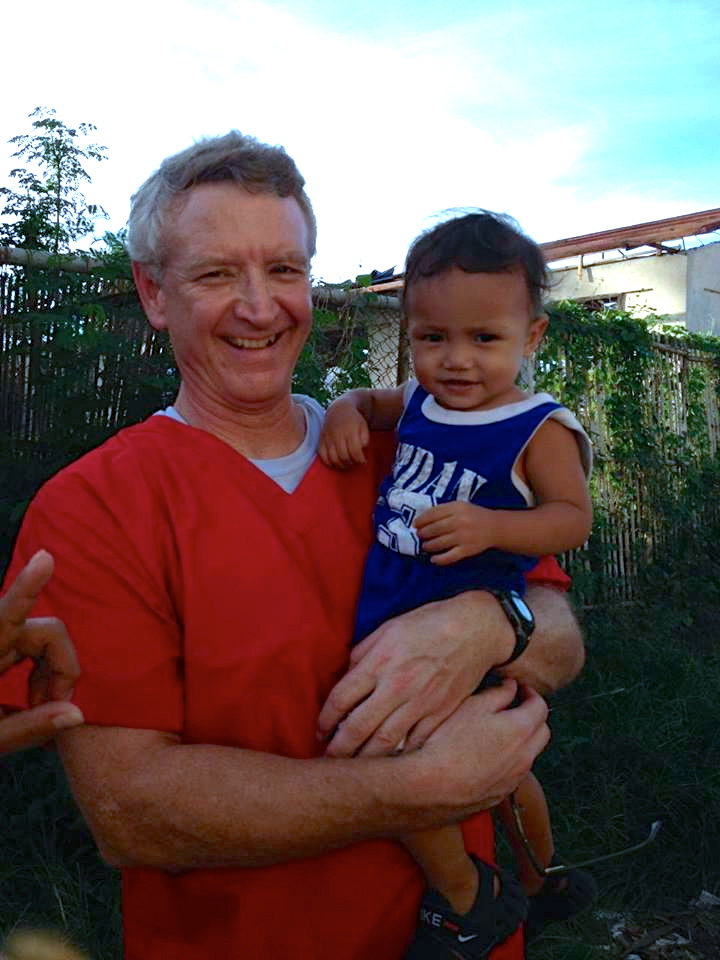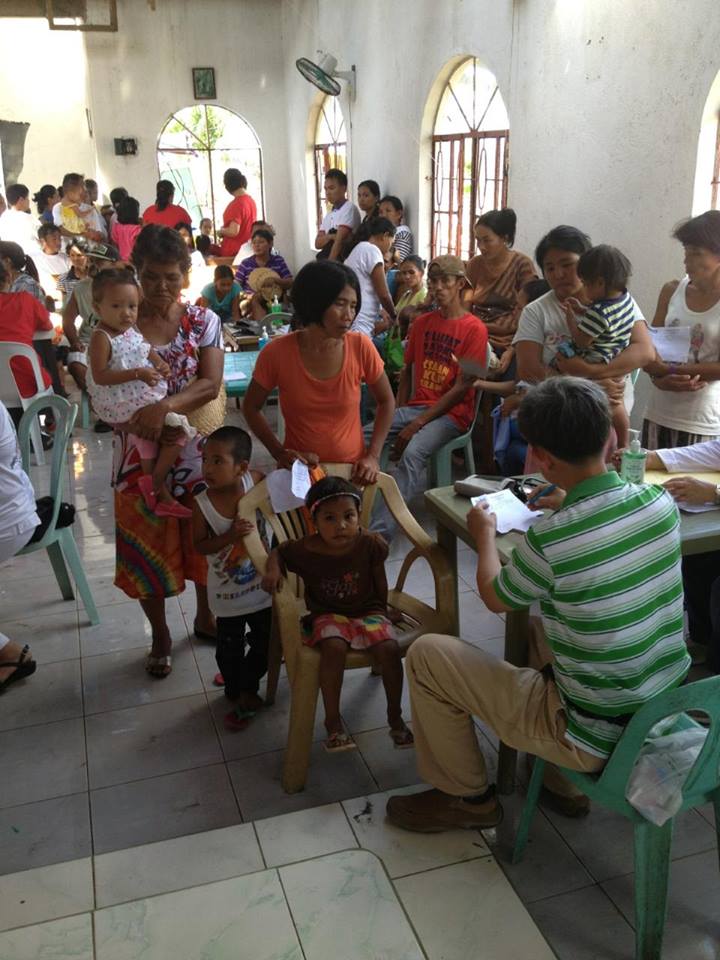There are some stories I feel privileged to write. This is one of them.
 I already hold nurses in high esteem. But after talking with Tim Launius, RN, about his experience helping survivors of Typhoon Haiyan in the Philippines, I’m more convinced than ever that the work nurses do demonstrates the very best of humanity.
I already hold nurses in high esteem. But after talking with Tim Launius, RN, about his experience helping survivors of Typhoon Haiyan in the Philippines, I’m more convinced than ever that the work nurses do demonstrates the very best of humanity.
Launius is one of more than 3,000 registered nurses from all 50 states and 19 nations who have volunteered for this disaster relief effort. A critical care nurse at the University of Michigan Health System and a member of the Michigan Nurses Association (MNA), Launius was given 43 hours’ notice before his departure on November 21. He didn’t hesitate.
“Being able to help people in need is why I went into nursing,” says Launius, who also volunteered after Hurricane Katrina. “A nurse is a nurse, and I’ve worked in clinics before. I knew what I’d be seeing when people came in for care.”
What he wasn’t quite prepared for, though, was the stark, abject poverty he saw every day.
The storm damage was visible from the plane. But that first hour on the ground, I found the poverty as astounding as the storm damage. People live in shanty towns made up of bamboo shacks that were pretty well damaged. But people were already working on rebuilding. They needed help, but they weren’t sitting around waiting for it. When you live in a bamboo shack, you can probably handle pretty much anything.
Launius and the other nurses in his group worked at clinic sites around Roxas City on the northern end of Panay island, which was in the direct path of Typhoon Haiyan (called Typhoon Yolanda in the Philippines). The first day, they were in a church that had lost part of its roof. Launius could see some of the supporting beams that had been snapped in half.
As they ventured out into the country, the nurses traveled on roads that were little more than dirt paths. One clinic was so remote that Launius and his group were the first medical responders to get there in the nearly three weeks since the typhoon hit.
Wherever the group went, there would be 100 people waiting for the clinic to open every morning. The nurses didn’t have much to work with, carrying only basic supplies like gauze, wound dressings, medicine, stethoscopes, blood pressure cuffs and blood glucose testing kits.
 They saw a lot of respiratory illnesses caused by soggy materials in water-damaged homes. They also treated injuries sustained by people trying to rebuild their homes, including one man who was hit in the head by a beam with a nail in it.
They saw a lot of respiratory illnesses caused by soggy materials in water-damaged homes. They also treated injuries sustained by people trying to rebuild their homes, including one man who was hit in the head by a beam with a nail in it.
Launius says about 70 percent of the people he saw were suffering from chronic conditions such as high blood pressure and diabetes. He was able to supply them with medication to last a couple of weeks, but wishes he could have given them ongoing care.
Some of the nurses also provided counseling to adults and children who needed emotional support. “The children drew pictures of their house before and after the storm,” Launius says. “On the left side, all the lines were vertical. On the right side, they were at a 45- or 90-degree angle.”
Working with the children was one of the most rewarding aspects of his week in the Philippines, he adds. “We saw a lot of kids, and they developed trust for a big white man from the United States. Hopefully we had a positive impact in that way.”
Perhaps most rewarding of all, though, was Launius’ experience of working with other nurses deployed to the Philippines by the National Nurses United’s Registered Nurse Response Network (RNRN). The MNA, an affiliate of National Nurses United, is coordinating volunteer nurses and contributing financial support to RNRN.
It was tough work — long days in tropical heat, and we were very busy. But there were no whiners or divas. Everyone was a pleasure to work with. I can’t say enough good about them.
Launius is also grateful to his colleagues at the University of Michigan Health System, who immediately stepped up to cover all of his shifts while he was away.
Before he left the Philippines, a second Michigan nurse and an MNA Board member — Ashley E. Forsberg, RN, of Sparrow Health System in Lansing — arrived in the Philippines to spend a week volunteering for the relief effort.
RNRN will continue sending nurses to the Philippines, and invites the public to contribute to the effort.
“These people deserve our help,” Launius says. “They already had so little to begin with. They certainly didn’t deserve the devastation they’re living with now.”
[Images courtesy of the Michigan Nurses Association.]



